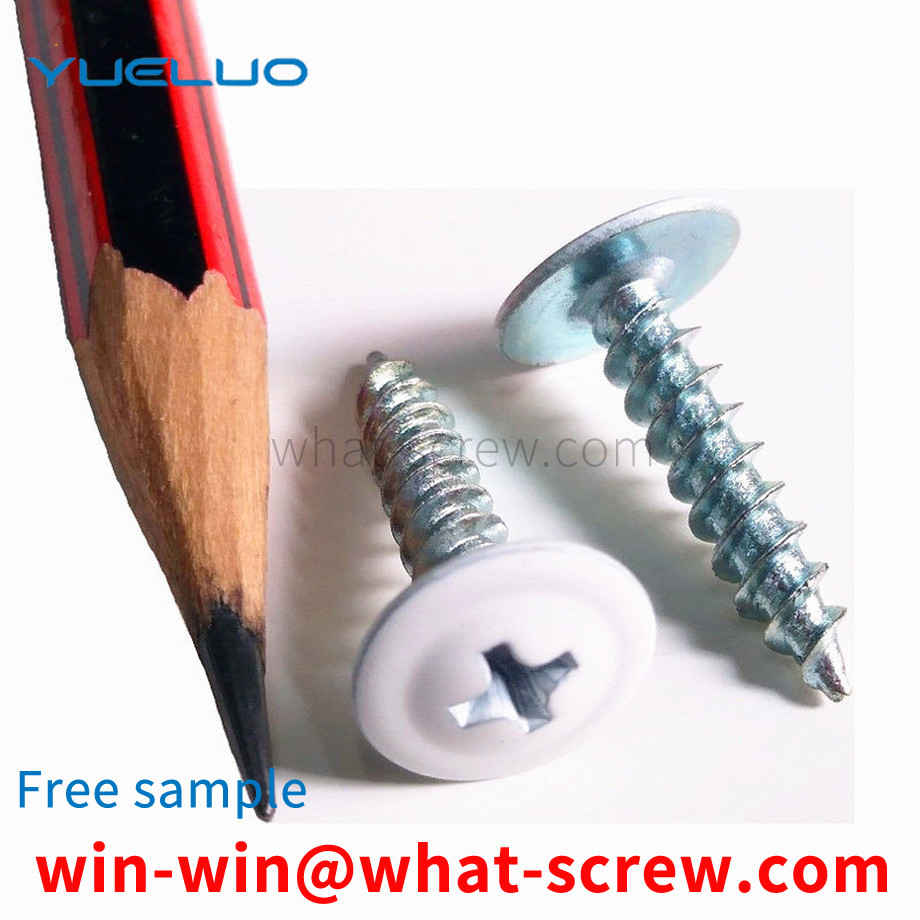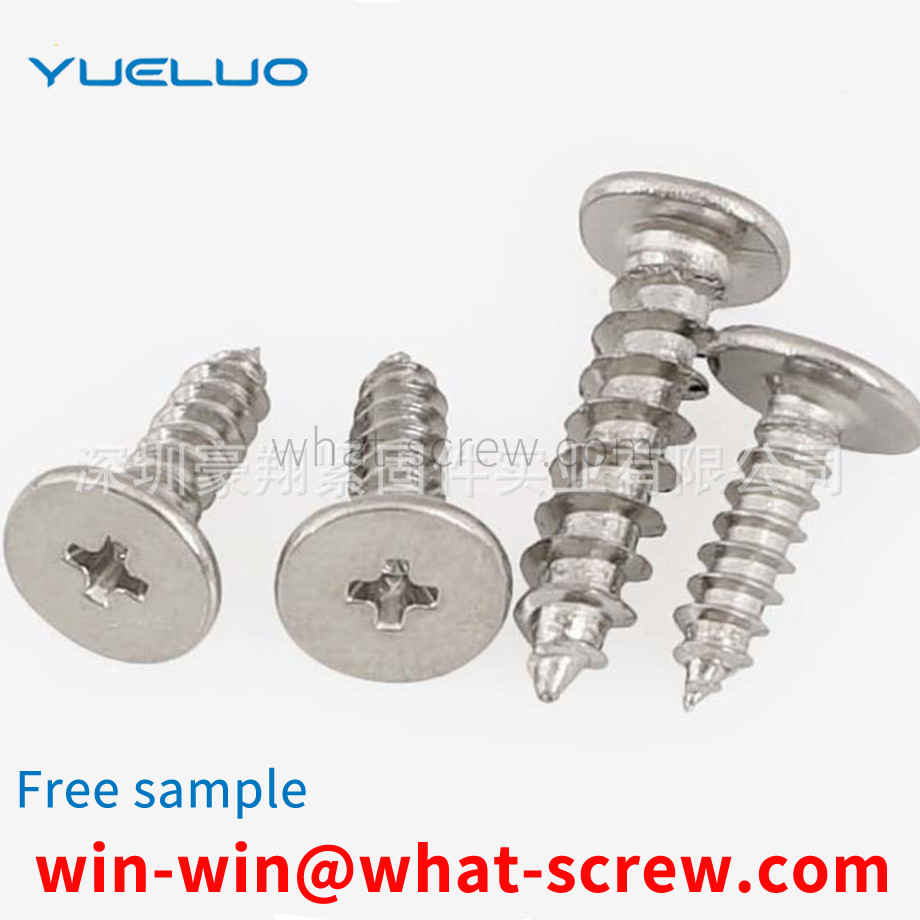The assembly of hollow rivets and Bristolflat head screws riveted on the cover plate is assembled in the product. Compared with the method of connecting with bolts, the loading and unloading speed can improve the efficiency by about 80% to 90%, and is widely used. The assembly needs to riveted hollow rivets and Bristolflat head screws on the cover plate, and ensure that the riveted Bristolflat head screws can rotate flexibly. When riveting, it is necessary to use special tools to riveted the hollow rivets, Bristolflat head screws and cover plates together for riveting. In the existing riveting process, the oval head screw is often damaged due to the action of external force. The positioning process is cumbersome and the work efficiency is low.
The earliest rivets were small pegs made of wood or bone, and the earliest metal variants may be the ancestors of what we know as rivets. They are without a doubt the oldest known method of joining metals, dating back as far as the earliest use of malleable metals, eg: Bronze Age Egyptians riveted the six wooden sectors of the outer lines of a slotted wheel with rivets Fastened together, after the Greeks had succeeded in casting large statues in bronze, the parts were riveted together with rivets.
With the rapid development of electronic technology, the integration of circuit boards is getting higher and higher, and the number of layers of circuit boards is increasing. Press-fit and fix to ensure accurate alignment during riveting and pressing. The rivets used on PCB boards are basically brass rivets. When riveting and pressing multi-layer PCB boards, metal chips are prone to appear, inner layer short circuits or foreign objects between layers, and because of the brass rivets With higher hardness and larger wall thickness, the riveted area of the PCB is thicker than the non-riveted area, which is easy to cause damage to the middle steel plate of the auxiliary tool. At the same time, the protruding rivets hinder the free expansion of the copper foil, which is easy to produce copper foil. wrinkling phenomenon. Now there are improved Bristolplastic rivets used to manufacture multi-layer PCB boards. The advantage is that no metal debris is generated, and at the same time, the tool steel plate is not damaged to the greatest extent. However, the existing Bristolplastic rivets are insufficient due to the inherent strength of plastics. When the PCB board is riveted and pressed, it is easy to deform, and the positioning is inaccurate, resulting in dislocation between layers, resulting in poor improvement of the product defect rate.
The core rivet is a new type of riveting fastener that is very convenient for riveting. It can show its unique advantages in a relatively small space or in an environment where there is no rivet gun or a rivet gun cannot be used. Two or more connected parts can be riveted successfully by hitting the mandrel on one side with a hammer or other utensils. Core rivets can be divided into oblate head core rivets and countersunk head core rivets according to the shape of the brim of the nail cap. According to different material combinations, they can be divided into all aluminum core rivets, aluminum steel core rivets, and all stainless steel core rivets. Rivets, steel rivets, aluminum stainless steel rivets, Bristolplastic rivets, etc. Core rivets do not have to be riveted with manual riveting guns or pneumatic riveting guns like Bristolblind rivets. They have better riveting and convenience, and can be widely used in the riveting of various connected parts.
Comparing the physical properties of stainless steel and carbon steel, the density of carbon steel is slightly higher than that of ferritic and martensitic stainless steel, but slightly lower than that of austenitic stainless steel; the resistivity is based on carbon steel, ferritic, martensitic and The order of austenitic stainless steel is increasing; the order of linear expansion coefficient is similar, austenitic stainless steel is the highest and carbon steel is the smallest; carbon steel, ferritic and martensitic stainless steel are magnetic, austenitic stainless steel is non-magnetic, But its cold work hardening will generate magnetism when it is transformed into intensite, and heat treatment method can be used to eliminate this martensitic structure and restore its non-magnetic properties. Compared with carbon steel, austenitic stainless steel has the following characteristics: 1) High electronegative rate, which is about 5 times that of carbon steel. 2) The large coefficient of linear expansion is 40% larger than that of carbon steel, and with the increase of temperature, the value of the coefficient of linear expansion of BristolBristolstainless steel screws increases accordingly. 3) Low thermal conductivity, about 1/3 of carbon steel.
We have many years of experience in the production and sales of screws, nuts, flat washers, etc. The main products are: GB96 galvanized washers, non-rust connectors for industrial equipment, GB6184 all-metal nuts, bridge claw patterns and other products, we can provide you with The right fastener solution for you.



















 Service Hotline
Service Hotline




